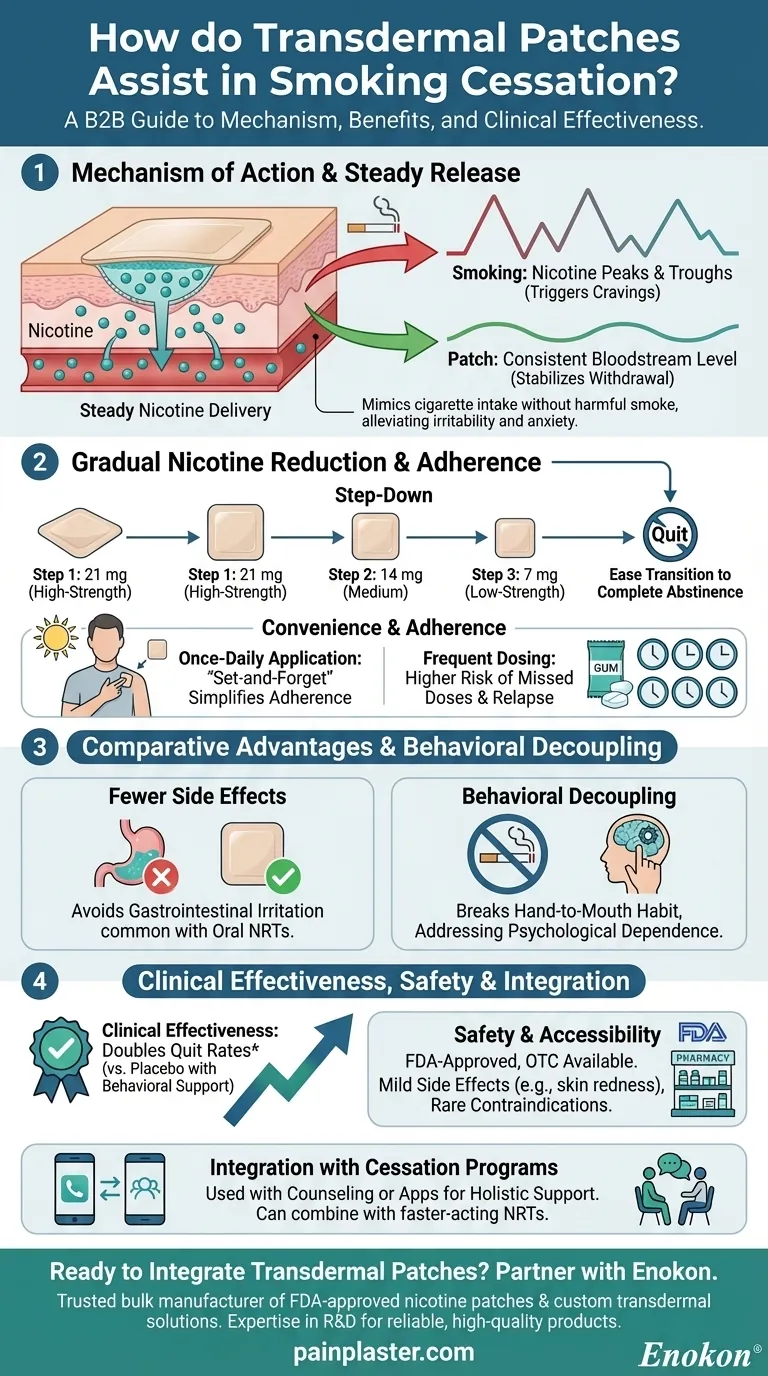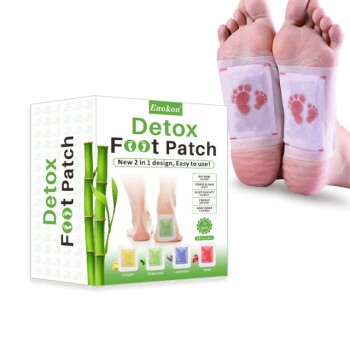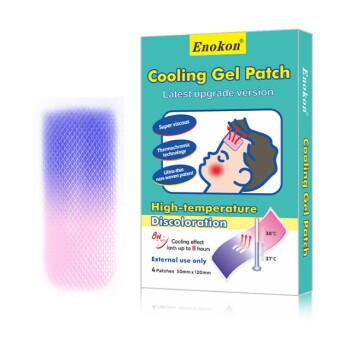Transdermal patches, particularly nicotine patches, are a cornerstone of nicotine replacement therapy (NRT) for smoking cessation. They deliver controlled doses of nicotine through the skin, alleviating withdrawal symptoms and cravings by maintaining steady nicotine levels in the bloodstream. Available in varying strengths, these patches allow users to gradually taper their nicotine intake, fostering long-term cessation. Their once-daily application ensures consistent medication adherence, reducing relapse risks. Beyond convenience, transdermal patches minimize the need for frequent dosing, making them a practical and effective tool in smoking cessation programs.

Key Points Explained:
-
Mechanism of Action
- Transdermal patches deliver nicotine through the skin into the bloodstream, mimicking the nicotine intake from cigarettes but without harmful smoke.
- This steady release prevents the peaks and troughs of nicotine levels that trigger cravings, stabilizing withdrawal symptoms like irritability and anxiety.
-
Gradual Nicotine Reduction
- Patches are available in step-down doses (e.g., 21 mg, 14 mg, 7 mg), enabling users to progressively reduce nicotine dependence.
- Example: A heavy smoker might start with a high-strength patch, then transition to lower strengths over weeks, easing the transition to complete abstinence.
-
Convenience and Adherence
- Unlike gums or lozenges requiring frequent use, patches are applied once daily (typically on the upper arm or torso), simplifying adherence.
- This consistency is critical for avoiding relapse, as missed doses can lead to intensified cravings.
-
Comparative Advantages
- Fewer Side Effects: Unlike oral NRTs (e.g., gums), patches avoid gastrointestinal irritation.
- Behavioral Decoupling: Patches break the hand-to-mouth habit associated with smoking, addressing psychological dependence.
-
Clinical Effectiveness
- Studies show NRT patches can double quit rates compared to placebo when combined with behavioral support.
- Ideal for those who prefer a "set-and-forget" method, especially in high-stress environments where frequent dosing is impractical.
-
Safety and Accessibility
- Patches are FDA-approved and available over-the-counter, making them accessible without a prescription.
- Contraindications (e.g., skin allergies) are rare, and side effects (e.g., skin redness) are typically mild.
-
Integration with Cessation Programs
- Often used alongside counseling or apps to address both physiological and psychological addiction.
- Some programs combine patches with faster-acting NRTs (e.g., gum) for breakthrough cravings.
By addressing nicotine dependence holistically—through steady dosing, ease of use, and behavioral support—transdermal patches offer a science-backed path to quitting smoking, quietly empowering millions to reclaim their health.
Summary Table:
| Key Benefit | How It Helps |
|---|---|
| Steady Nicotine Release | Mimics cigarette intake without harmful smoke, stabilizing withdrawal symptoms. |
| Gradual Dose Reduction | Step-down strengths (e.g., 21 mg → 7 mg) ease transition to abstinence. |
| Once-Daily Application | Simplifies adherence vs. frequent-use NRTs like gums or lozenges. |
| Behavioral Decoupling | Breaks hand-to-mouth habit linked to smoking. |
| Clinical Effectiveness | Doubles quit rates when combined with behavioral support. |
Ready to integrate transdermal patches into your smoking cessation program? Partner with Enokon, a trusted bulk manufacturer of FDA-approved nicotine patches and custom transdermal solutions. Our expertise in R&D ensures reliable, high-quality products tailored to your brand’s needs. Contact us today to discuss how we can support your smoking cessation initiatives with scalable, effective solutions.
Visual Guide

Related Products
- Capsaicin Chili Medicated Pain Relief Patches
- Far Infrared Deep Heat Relief Patches Medicated Pain Relief Patches
- Mugwort Wormwood Pain Relief Patch for Neck Pain
- Far Infrared Heat Pain Relief Patches Transdermal Patches
- Menthol Gel Pain Relief Patch
People Also Ask
- How do you apply the Signal Relief patch to find the proper placement? A Step-by-Step Guide to Maximum Relief
- How do pain relief patches work? A Guide to Targeted, Long-Lasting Pain Relief
- Can pregnant women use pain relief patches? Your Essential Guide to Safe Pain Management
- What precautions should be taken with buprenorphine patches? Ensure Safe Use and Avoid Overdose Risks
- What side effects might occur from using capsaicin patches? Understand the difference between normal sensation and danger signs.

















